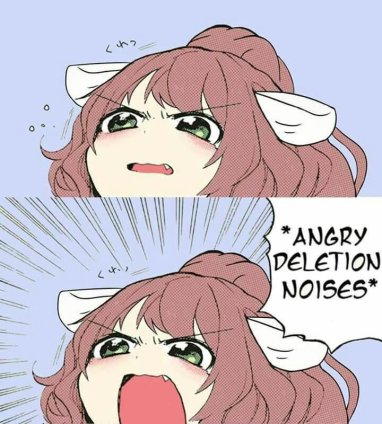
Non-management: How many years has it been since my first article on this blog? It was my 1st or 2nd year as a college undergraduate in… 2014, huh? I’ve been doing blog writing for at least 5 years. I’ve gotten to the point that I’m… kind of okay with the current state of my writing. It’s been good enough to have been published on websites like ANN and others. As for the quality of my past writing, I… wouldn’t call it okay. Not at all. Reading it now, it reads rather atrociously: a lot of purple prose and not nearly enough editorial oversight. My writing was immature back then, sure, but I also didn’t have that much patience checking my work. I just wanted to be finished with one piece so I could start the next. It’s ironic, considering the amount of free time I had then vs now. Needless to say , I am not proud of what I produced back then, and I have a Re: Zero-style treatment course in mind.
Now, the majority of the ideas behind those articles are solid enough, even as my perspective’s matured somewhat over time. How I’ve expressed those ideas have been more awkward and half-baked than I care for though. Although… okay, there were a few ideas I had back then that are kind of crap now.
Ordinarily, I’d just put the past behind me and leave those articles be. The sheer amount of them that I’ve written overtime drives the majority of my blog’s traffic nowadays, especially as I’ve fallen behind in publishing frequency. I care about more people reading my work more often, but I also care about people reading my work that reflects me at my best. A lot of my early work falls way below my standards, which is why instead of banning it all to the blogging equivalent of the Shadow Realm, I’m steadily going to be replacing them with re-writes: complete with updated writing and maybe new titles. I’ll mention whether or not they’re re-writes in the Management section, but please look forward to them regardless. For me at least, half the pleasure of reading articles is in lyrical arrangement of the words themselves… when they’re arranged pleasingly and whatnot, of course.

